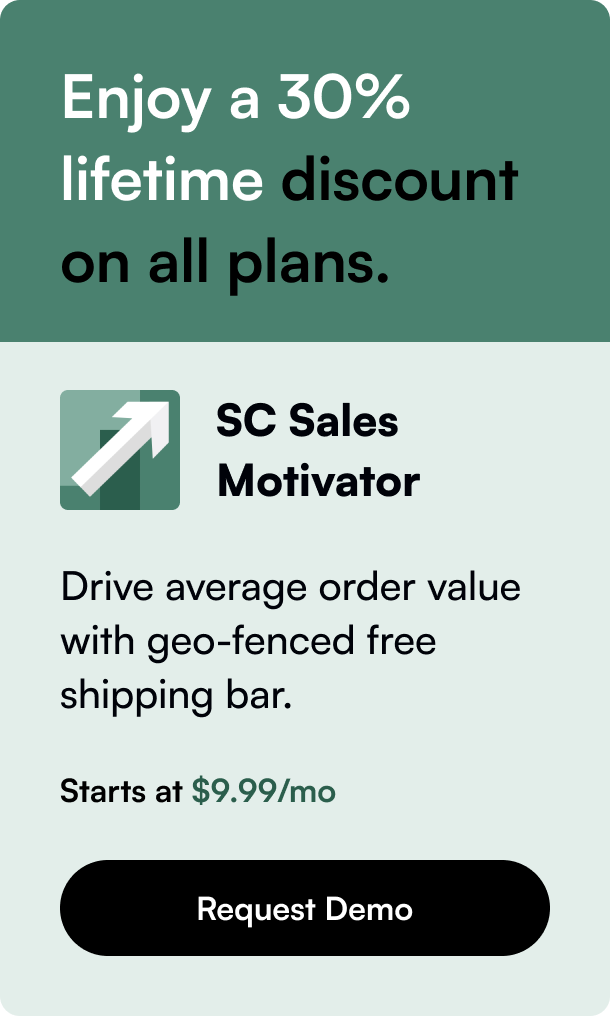Table of Contents
Introduction
Did you know that the way your online store is structured can significantly impact user experience and SEO performance? A well-organized store not only makes it easier for customers to navigate and find what they're looking for but also helps search engines understand your website better. This brings us to the pivotal role that pages play in your Shopify store. Whether it's an "About Us" page, a "Contact Us" page, or custom content pages, each serves a unique purpose in engaging visitors and enhancing your store's functionality.
Given the importance of this topic, our blog post aims to delve deep into how to add pages to your Shopify store. By the end of this article, you'll have a comprehensive understanding of the different types of pages you might need, step-by-step instructions on how to add them, as well as tips and tricks to make these pages more effective. We'll explore not just the technical aspects, but also the strategic implications of page structure and content for your business growth. So, whether you're a newbie trying to set up your store or a seasoned merchant looking to optimize your site, this guide is tailored for you.
Navigating Shopify's Admin Interface
Shopify's user-friendly interface takes much of the hassle out of web development. To get started, logging into your Shopify admin is the first step. From the dashboard, navigating to the "Online Store" section and then to "Pages" will open up the possibilities of adding new content to your site.
Adding Standard Pages
Standard pages like "About Us" and "Contact Us" are crucial for building trust with your visitors. Here's how you can add them:
- Go to Pages: Once inside your Shopify admin, click on "Online Store" and then "Pages".
- Create New Page: Click on the "Add page" button. You'll be prompted to enter a title and content for your new page. Use the rich text editor to format your text and insert images, videos, or links.
- Visibility Settings: Before saving, decide on the visibility of your page. You can publish it immediately or set a specific publishing date.
Customizing Page Layout
While Shopify does offer a default page layout, creating custom layouts can significantly enhance your store's appeal. Here’s where knowing a bit about Shopify’s Liquid template language comes in handy. For those less inclined to code, Shopify’s theme store and third-party apps like Shogun offer drag-and-drop interfaces to design beautiful pages without touching a line of code.
SEO Optimization
Each page on your Shopify store presents an opportunity to improve your site's search engine rankings. Ensure you make good use of the page title and meta description fields to incorporate relevant keywords and encourage click-throughs from search results.
Advanced Page Functions
Beyond the basics, Shopify offers functionalities to add dynamism and interactivity to your pages.
Incorporating Shopify Apps
Apps like Shopify Magic can automatically generate content for your pages, saving you time and maintaining brand consistency. From inserting Google Maps to embedding blog posts from platforms like WordPress, the possibilities to enrich your pages are vast.
Managing Pages
Shopify also allows for the bulk management of pages - a feature particularly useful for larger stores. Whether it's publishing several pages at once or making sweeping visibility changes, these tools are designed to streamline your admin tasks.
Conclusion
Creating and managing pages in Shopify doesn’t have to be a daunting task. With the right knowledge and tools at your disposal, you can effectively use pages to not only narrate your brand's story but also to optimize your online store for better performance and customer engagement. Remember, each page is a canvas - the more thoughtfully you fill it, the more compelling your store will be.
FAQ
Q: How often should I update the content on my Shopify pages? A: It depends on the nature of the page. While some pages like "About Us" might not need frequent updates, others such as "Events" or "News" should be refreshed regularly to keep your content relevant and engaging.
Q: Can I add multimedia elements to Shopify pages? A: Absolutely! Shopify's rich text editor allows you to insert images, videos, and even GIFs directly into your page content, making for a more interactive user experience.
Q: How can I measure the effectiveness of my Shopify pages? A: Shopify Analytics provides insights into how your pages are performing in terms of visitor numbers and engagement. Additionally, using third-party analytics tools like Google Analytics can offer deeper insights into user behavior on these pages.
Remember, the key to a successful Shopify store lies not just in the products you sell but also in how well you communicate your brand's story through your pages. Take advantage of these tips to make your Shopify pages work harder for your business.








